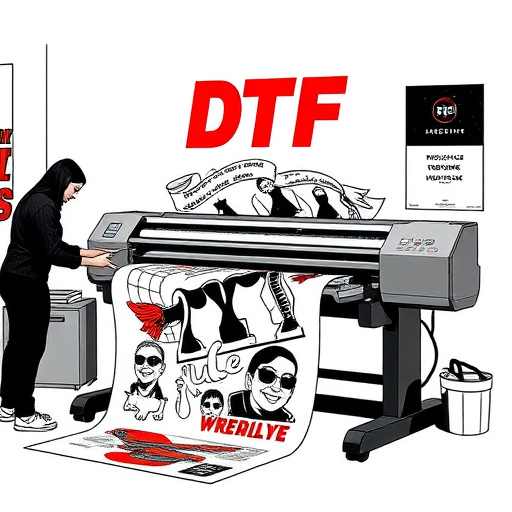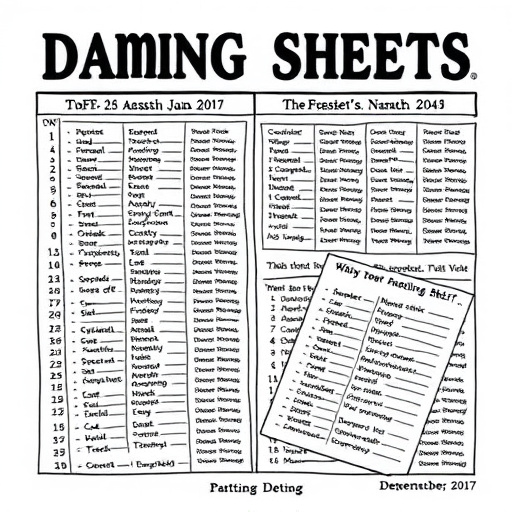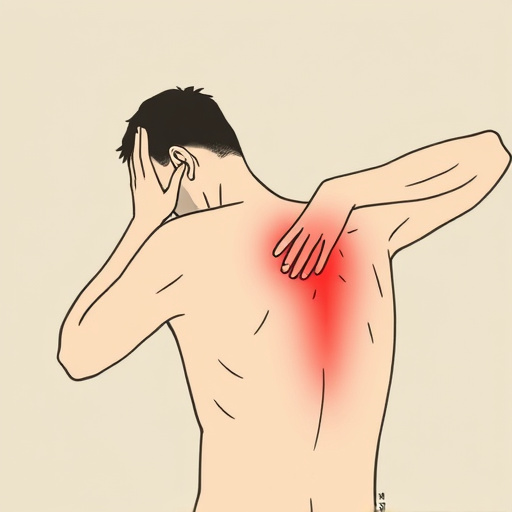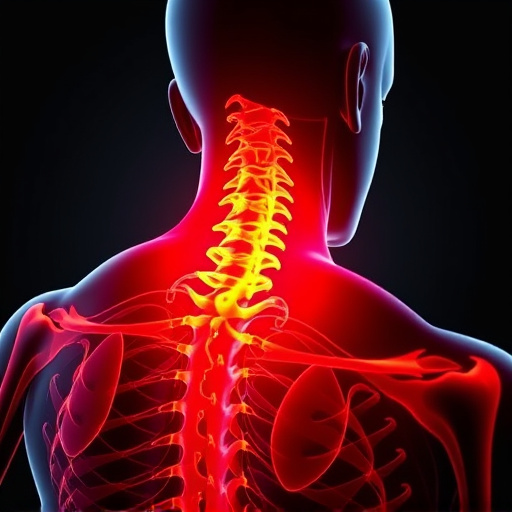Workers compensation doctor notes are critical documents detailing work-related injuries, treatment plans, and progress. Written by healthcare professionals, these notes guide rehabilitation with specific care recommendations, such as exercises for herniated discs. Key elements include diagnosis, severity, treatment plan, prognosis, and examination dates; these facilitate claims processing, benefit eligibility determinations, and coordinated care, impacting compensation payments, medical access, and services like whiplash treatment. Accurate, detailed notes expedite processes; ambiguous ones may cause delays.
In the intricate landscape of workers’ compensation, understanding doctor notes is pivotal for both employees and employers. These medical documents play a crucial role in documenting work-related injuries or illnesses, influencing claims processing and benefits allocation. This article unravels the significance of workers’ compensation doctor notes, shedding light on their key elements and impact. By navigating these aspects, individuals can better comprehend the implications for their specific cases.
- Understanding Workers Compensation Doctor Notes
- Key Elements of a Valid Doctor's Note
- Impact of Doctor Notes on Claims and Benefits
Understanding Workers Compensation Doctor Notes

Workers compensation doctor notes are essential documents that provide detailed insights into an injured worker’s medical condition and progress. These notes serve as a critical component in the workers’ compensation process, guiding rehabilitation efforts and determining benefits. When a worker sustains an on-the-job injury, they often require specialized care, which is where workers compensation doctor notes come into play.
These notes are typically written by healthcare professionals involved in the treatment of work-related injuries, including physicians, chiropractors, or specialists. They document the nature and severity of the injury, describe diagnostic findings, and outline recommendations for injury rehabilitation. For instance, a doctor might note a herniated disc treatment plan involving therapeutic exercises tailored to alleviate pain and restore mobility. Understanding these notes is crucial for both workers and employers to ensure accurate claims management and effective coordination of care throughout the employee’s recovery journey.
Key Elements of a Valid Doctor's Note

When crafting a workers’ compensation doctor’s note, several key elements are essential to ensure its validity and effectiveness. Firstly, it should include a clear diagnosis or description of the medical condition or injury related to the work incident. This includes specific details about the nature and severity of the issue, such as acute strain or chronic pain management concerns. The note must also outline the treatment plan, whether it involves rest, physical therapy, or specialized procedures, linking these actions directly to the diagnosed condition.
Additionally, a valid doctor’s note should provide a prognosis, offering insights into the expected duration of the injury or illness and any potential long-term effects. This section is crucial for workers’ compensation claims as it helps determine eligibility for benefits and the timeline for return to work. It’s also important to include the date of the examination and the doctor’s credentials to verify the note’s authenticity, especially when dealing with auto accident recovery cases or managing chronic pain symptoms through personalized treatment plans.
Impact of Doctor Notes on Claims and Benefits

Workers compensation doctor notes play a pivotal role in shaping the course of claims and benefits for those involved in work-related injuries or illnesses. These medical documents provide critical insights into an injured worker’s condition, treatments, and prognoses, influencing decisions made by insurance companies and employers alike. The information contained within these notes can directly impact the speed and extent of compensation payments, as well as the accessibility to necessary medical care and rehabilitation services, such as whiplash treatment or functional rehabilitation.
When a worker files a claim, doctors’ notes become the backbone of the case, offering tangible evidence of the injury’s severity and its effect on the individual’s ability to work. Accurate and detailed documentation can facilitate smoother claims processing and lead to quicker resolutions. Conversely, ambiguous or incomplete notes may cause delays, especially in complex cases involving auto accident recovery or managing conditions that require extensive medical care over time.
Workers compensation doctor notes play a crucial role in navigating the complexities of workplace injuries. By understanding their key elements and impact, claimants can ensure valid documentation that supports their claims and maximizes benefits. These notes are not just forms; they are detailed records that tell the story of an injured worker’s journey towards recovery, ultimately influencing the course of compensation and treatment.














